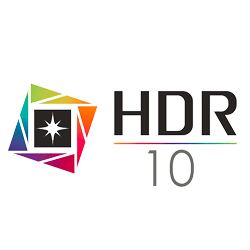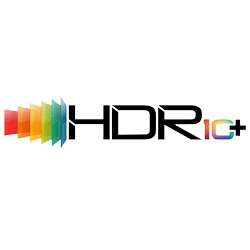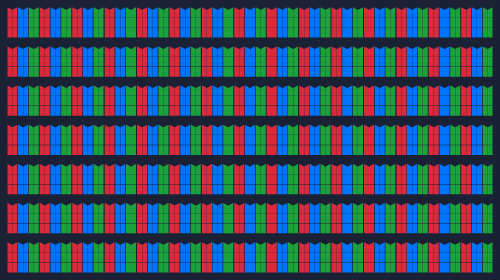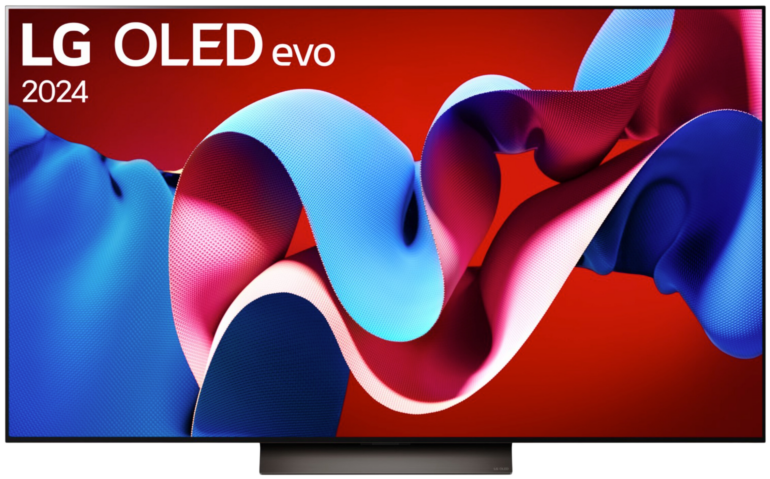Sony X85J vs Samsung Q70A TV comparison 2022/04


Hey! If you buy through our links, you support our project. It won't cost you a cent more! Many thanks in advance! ♥️
Sony X85J and Samsung Q70A compared – Which TV is better?
Detailed comparison: Sony X85J or Samsung Q70A
Average brightness
Both TVs score relatively similarly in terms of reflection behavior. They do well against common lighting conditions, but reflections can be visible on very sunny days. However, there should not be any real problems here and the curtain was invented in case the reflections become too strong after all.








Common for VA panels
The fact that both TVs use a VAVertical Alignment, type of LCD Panel panel also means that the viewing angle, at which the picture quality remains stable, is only very narrow. Thus, both are unsuitable if you regularly want to watch the TV with several people, such as at sporting events, but it could also be noticeable during gaming evenings with several people.






Sony X85J vs Samsung Q70A: equally high contrast
Although both have narrow viewing angles, they have a high contrast ratio in return. The differences are only marginal in contrast, brightness, and color space coverage, and there is no visible difference in SDRStandard Dynamic Range – image/video with a conventional gamma curve (opposite: HDR) – “normal” videos content.




Dolby Vision vs HDR10+
Both also perform very similarly in the HDRHigh Dynamic Range – image/video with more dynamic range (contrast range) image comparison. The biggest difference is in the supported HDR formats — the X85J supports Dolby VisionDynamic HDR-format with a color depth of up to 12 Bits and Mastering of up to 10,000 Nits but not HDR10+License-free, dynamic HDR-format in competition with Dolby Vision, and with the Q70A it is the exactl opposite.










Sony's strength
In the Movies & Series category, it becomes apparent that the X85J has the better image processing. Although the picture quality of SDRStandard Dynamic Range – image/video with a conventional gamma curve (opposite: HDR) – “normal” videos and HDR content is not very different, Sony’s picture processing makes the difference. If you want a natural picture, you are better off with the X85J.



Clear winner
When it comes to gaming features, one is clearly ahead: the Samsung Q70A. It has a variable refresh rateHertz is the derived SI-unit of frequency with 1Hz=1/s – When talking about TVs this means how many different pictures a TV can display in one second. and an ALLMAuto Low Latency Mode – Automatically detects connected consoles and keeps input lag as low as possible. is also available. If you are looking for a gaming TV for the PlayStation 5, you cannot go wrong with the X85J. It doesn’t have VRRVariable Refresh Rate – synchronizes the display’s refresh rate with the output refresh rate of the graphics card, but this was promised via a later update and the PS5 itself doesn’t have this feature yet. The X85J does not have an ALLM, but it does have an Auto Picture Mode, which is the equivalent of the ALLM, but only for the PS5.



Sony X85J vs Samsung Q70A
Both TVs have a 120Hz panel and a low response time, which makes them equally suitable for watching sports shows. However, the X85J once again has the edge here due to the better and more natural image processing. This is especially noticeable in sports like ice hockey, where the picture is filled with one color over a large area, because then you might also notice the better handling of color gradients.
Different, but equally good
Since both TVs come from different manufacturers, the operating system is also different. However, both offer a smooth and intuitive navigation between the apps, and the app selection itself is huge. The biggest difference apart from the operating system is the HDMI 2.1 ports – the X85J has two, the Q70A only one.



integriert

kompatibel


kompatibel

integriert
Our conclusion:Natural vs colorful picture
The two TVs are really very similar. That means, which one is really better is often a matter of taste.
Even in terms of gaming, the differences are small. The variable refresh rate will still come with the Sony X85J. In the meantime, you can also say that with more certainty, since the XH90 from last year now already has the beta update for VRR and since Sony has also confirmed on request that the X85J will also get more features for Playstation 5, such as “Auto HDR Tone Mapping”, in addition to the Bravia XR models, starting with the X90J.
On the other hand, the Q70A doesn’t have Dolby VisionDynamic HDR-format with a color depth of up to 12 Bits and Mastering of up to 10,000 Nits, which you would have with the Xbox Series X, for example, but you have to be fair enough to say that the HDRHigh Dynamic Range – image/video with more dynamic range (contrast range) performance of both TVs is limited anyway.
The differences in color space coverage or contrast will hardly be noticed by anyone without a direct comparison. This means that you should ultimately decide whether you prefer a natural or a bright, colorful picture.

